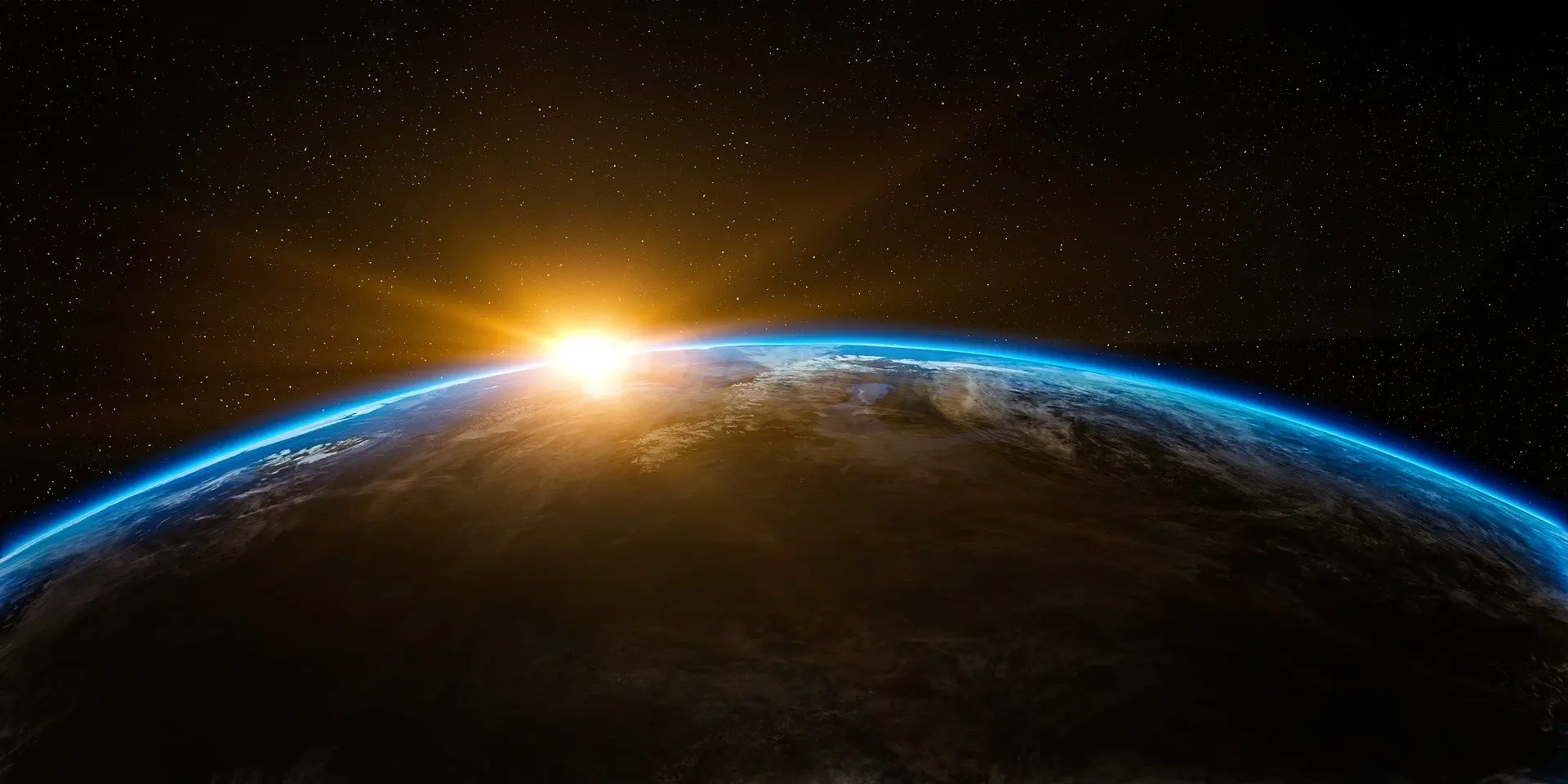In the last decade there have been the fastest 28 days of all the measured since the 60s. A normal day, which we have in the calendar, has 24 hours, that is, 86,400 seconds.
But in reality, the Earth's rotation movement is not totally accurate, so most of the days do not last exactly the same. What has surprised scientists is that the Earth has been chaining many shorter days than normal in recent years, and it is not clear that this happens.
In 2020, the fastest 28 days were recorded since atomic watches began to measure the rotation speed of the Earth in 1960. In 2022, its best brand has already beaten twice. On July 26 the day lasted 1.50 milliseconds less (1 millisecond equals 0.001 seconds); While the shortest day ever registered occurred only one month earlier, on June 29, when the earth took 1.59 milliseconds less to complete its rotation movement.
The possible causes
The scientists consider hypotheses that point from geological processes in the internal or external layers of the Earth, such as the action of the oceans, the tides or even the climate, but nothing is safe and the investigations continue, as collects the specialized portal in time Timeanddate.com .
For their part, Russian researchers Leonid Zotov, Christian Bizouard and Nikolay Sidorenkov, of the Lomonosov University, have suggested at the annual meeting of the Geosciences Society of Asia-Oceania that the current decrease in the duration of the day could have some relationship with the 'chandler bamboleo', a small deviation from the axis of the earth. Meanwhile, other experts argue that it could be due to the fact that the Earth is slightly elliptical, to the seismic activity or the mismatch of the weight of the poles by the thaw.
However, if we take prolonged periods as a reference, the earth's turn is being mainly slowed down by the gravitational pull of the moon. The normal thing is that each century, our planet takes a couple of milliseconds more to complete a rotation.
To compensate for this alteration and keep the watches aligned with the planet's turn, the International Service of Earth Reference and Rotation Systems (IErs) adds second leaps from time to time, that is, they stop watches for a second so that the Earth can reach its rhythm. The first second intelar was added in 1972 and the last one on December 31, 2016.



























